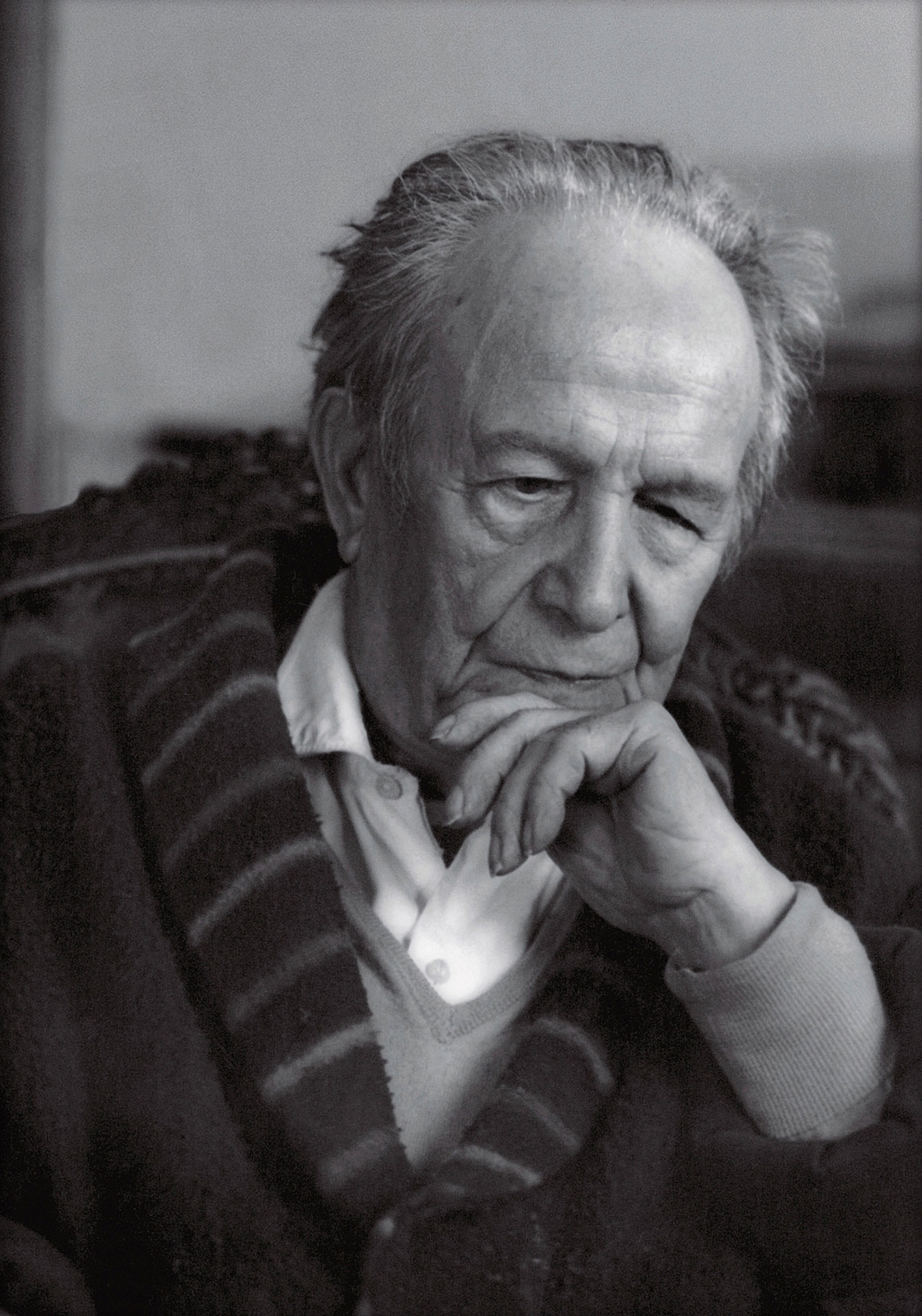1988

“Today, aged 94, I witness my declining strength. Even so, day and night, I revive an ocean of memories. I shall gather them into my memoirs, so as to honour the contract I have just signed with the publisher Grasset. That is not all. If my health permits, I intend to honour the cordial invitation of my friend, Jean-Louis Barrault. Yes, on the stage of his Théâtre du Rond-Point, I’ll recapture the essence of our Saint-Germain-des-Prés, so remote from existentialist preoccupations and so close to Baudelaire’s tormented soul, his emotions, his unachieved aspirations, his distress and revolt.
I will evoke the privileged moments in the history of our Baudelairean writers and artists, who laboured at Saint-Germain-des-Prés for a century long. All of them were personalities of exception. They had acquired a dazzling mastery of the resources of the French language. Through the lyricism of their imagination, their love of beauty and of bygone civilisations, they had overthrown the prosaic, the utilitarian, the ambient triviality, the tenacious prejudices. And all this enabled them to live out their dream and reach the summits of spiritual achievement.”

Limouse, in the company of the author, Jean-Paul Enthoven, an editor at Grasset, with the artist's friend and lawyer, Charles Benfredj and the diseuse Pamina, representing the Baudelaire Society, at the signature of the contract for the publication of the Baudelairean artist’s memoirs. Limouse was unable to go ahead with this project and that of his address at the Théâtre du Rond-Point, owing to aphasia which deprived him of the power of speech, as death approached him a few months later.

The swan, which hallmarks the collection of publications commemorating Baudelairean Saint-Germain-des-Prés, of which the century-long history, sadly unrecognised, would have furnished much material for Limouse’s memoirs. This collection, compiled by Isée St. John Knowles and published at Cohen & Cohen, will include a study of the life and art of Limouse, the artist who captured The Flowers of Evil on canvas.

